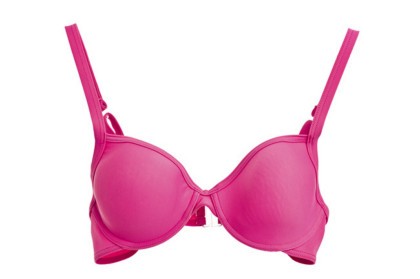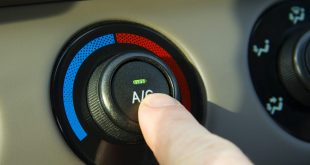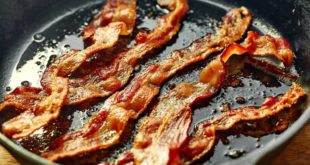
1. Nipple preservation during a mastectomy
Surgical techniques are improving for ensuring nipple survival during breast reconstruction. At the time of surgery, a biopsy is taken from the under-surface of the nipples, which is then checked for cancer cells while the patient is still anaesthetised. If there is no cancer in the specimens, then the nipples can be preserved for a superior cosmetic result. If, however, there is cancer in the specimens present, then the nipples need to be removed at the time of mastectomy as a life-saving measure.
2. Use of acellular dermal matrices
Acellular Dermal Matrices are biological off-the-shelf products that are placed under the skin at the time of the implant breast reconstruction to help improve the cosmetic appearance of the lower section of the reconstructed breast (that portion of the breast from the nipple to the underlying breast fold). They become incorporated into the patient’s body, ultimately being replaced by the patient’s own cells.
3. Using fat from the inner thigh as an alternative to silicone implants
For patients who want to use their own fat instead of having silicone implants the PAP (profunda artery perforator) flap and the TUG (transverse upper gracilis) flap both come from the inner section of the patient’s thighs and can now be used to create breasts. In a patient with a slim upper body but fatty thighs both procedures offer the dual benefit of a breast reconstruction at the same time as having a thigh lift, which is a nice bonus.
4. Preservation of abdominal muscles
Most commonly those not wanting silicone implants opt to take the fat from their stomach but there needs to be enough fat in the area. There has been a progressive evolution in this technique over the past three decades, culminating in the advent of the DIEP flap. The DIEP flap breast reconstruction can create beautiful, natural results, while preserving abdominal core muscle strength and minimising the risk of postoperative hernia. Older techniques removed variable amounts of the rectus abdominis muscle, which is best avoided whenever possible.
5. Body sculpting bonus
The good news with using a patient’s own fat is that if the surgical result is not perfect it can be enhanced later on with liposuction and structural fat grafting into the reconstructed breast or breasts. Removing fat from other parts of the body using liposuction means the patient’s own fat can also be used later on to reshape or make the breasts larger or to correct any indents or defects following lumpectomy.
Source: bodyandSoul
 We are sharing information for knowledge. Presented by. SocialDiary.Net
We are sharing information for knowledge. Presented by. SocialDiary.Net



